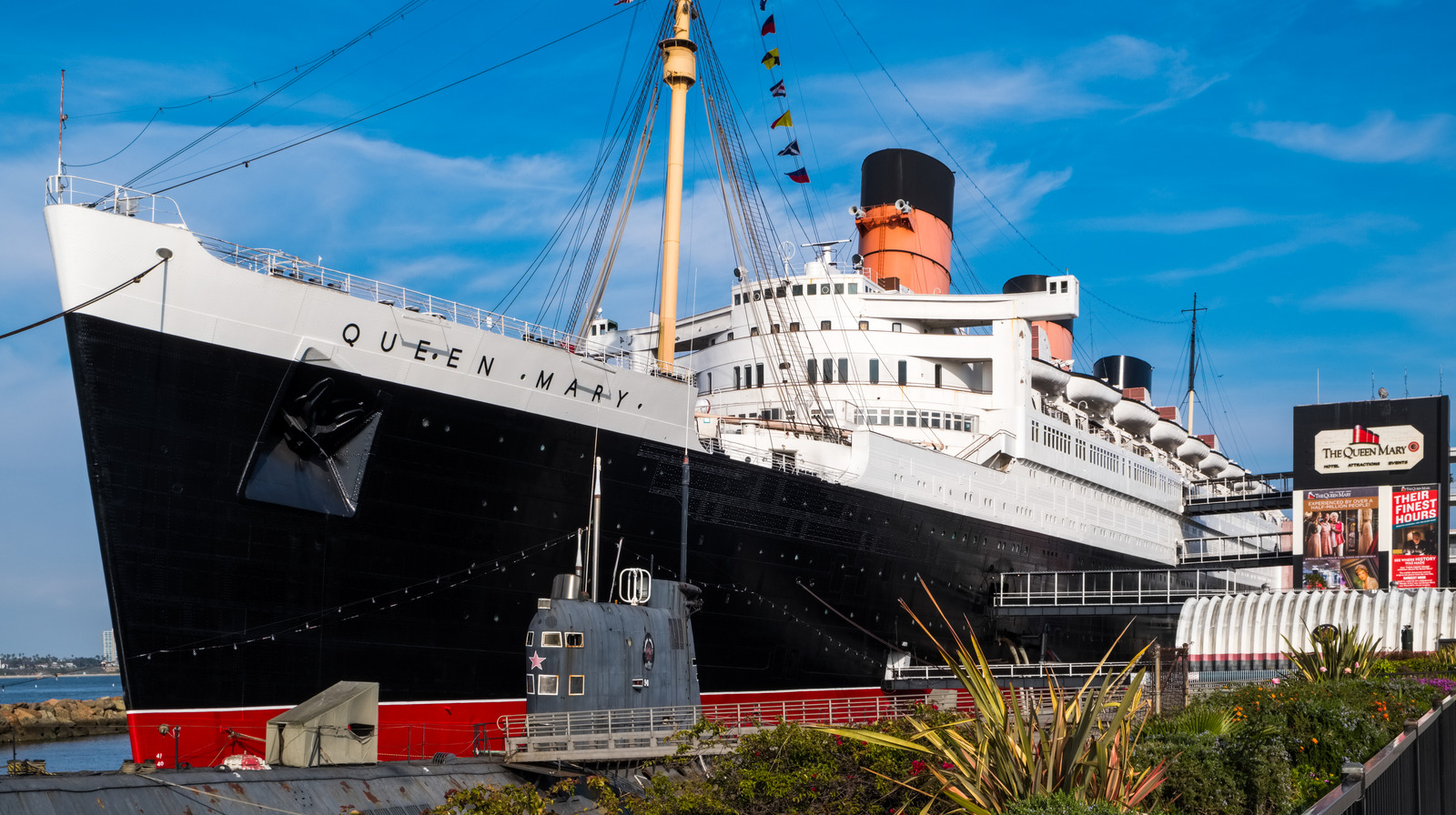Top Stories
Ocean Liners vs. Cruise Ships: Key Differences Revealed Now

BREAKING: A new analysis has emerged highlighting the stark differences between ocean liners and cruise ships, shedding light on their significance in modern travel. With the cruise industry booming, understanding these distinctions is more crucial than ever.
Historically, ocean liners were designed for transatlantic travel, transporting passengers swiftly between continents. The iconic SS United States, for instance, set the record in 1952, crossing from New York to Southampton in just 3 days, 10 hours, and 40 minutes at an astounding average speed of over 35 knots. This record still stands today, showcasing the engineering prowess of these vessels.
In contrast, cruise ships are built for leisure, featuring amenities that encourage a slow-paced experience. As reported by Royal Caribbean, the average speed of cruise ships is significantly lower, at around 18 to 20 knots. This shift reflects a broader change in passenger expectations—traveling is now about enjoyment and relaxation rather than merely reaching a destination.
The decline of ocean liners began as jets took over international travel, capable of making the same journey in mere hours. Ironically, many early cruise ships were retired ocean liners retrofitted for leisurely voyages. For example, the well-known SS France was transformed into the beloved SS Norway, complete with modern amenities like outdoor pools and dining spaces.
Today, there is only one true ocean liner still operating: Cunard’s Queen Mary 2, launched in 2004. Although it primarily serves as a cruise ship, it retains the capability for transatlantic crossings, bridging the gap between the two types of vessels.
As the cruise industry continues to expand, the importance of understanding these differences grows. Passengers need to know what to expect when booking their travel experiences. Modern cruise ships are often likened to floating cities, boasting rock climbing walls, go-kart tracks, and other entertainment options that make them destinations in themselves.
The future of ocean liners remains uncertain, with the SS United States expected to become the world’s largest artificial reef off the Florida coast in late 2025. This highlights not only the evolution of maritime travel but also the emotional connection many have with these historic vessels.
In summary, while ocean liners and cruise ships may appear similar, their purposes and designs are fundamentally different. As the travel industry evolves, these distinctions will continue to shape how passengers choose their journeys. Stay tuned for more updates on this developing story and the future of maritime travel. Share this article to spread awareness about the fascinating world of ocean travel!
-

 Science2 weeks ago
Science2 weeks agoIROS 2025 to Showcase Cutting-Edge Robotics Innovations in China
-

 Politics2 weeks ago
Politics2 weeks agoJudge Considers Dismissal of Chelsea Housing Case Citing AI Flaws
-

 World2 weeks ago
World2 weeks agoBravo Company Veterans Honored with Bronze Medals After 56 Years
-

 Top Stories2 weeks ago
Top Stories2 weeks agoIndonesia Suspends 27,000 Bank Accounts in Online Gambling Crackdown
-

 Lifestyle2 weeks ago
Lifestyle2 weeks agoStone Island’s Logo Worn by Extremists Sparks Brand Dilemma
-

 Health2 weeks ago
Health2 weeks agoStartup Liberate Bio Secures $31 Million for Next-Gen Therapies
-

 Sports2 weeks ago
Sports2 weeks agoMel Kiper Jr. Reveals Top 25 Prospects for 2026 NFL Draft
-

 World2 weeks ago
World2 weeks agoHoneywell Predicts Record Demand for Business Jets Over Next Decade
-

 Health2 weeks ago
Health2 weeks agoTop Hyaluronic Acid Serums for Radiant Skin in 2025
-

 Sports2 weeks ago
Sports2 weeks agoYamamoto’s Mastery Leads Dodgers to 5-1 Victory in NLCS Game 2
-

 Politics2 weeks ago
Politics2 weeks agoNew Jersey Voters Urged to Register Ahead of November Election
-

 Lifestyle2 weeks ago
Lifestyle2 weeks agoMary Morgan Jackson Crowned Little Miss National Peanut Festival 2025









